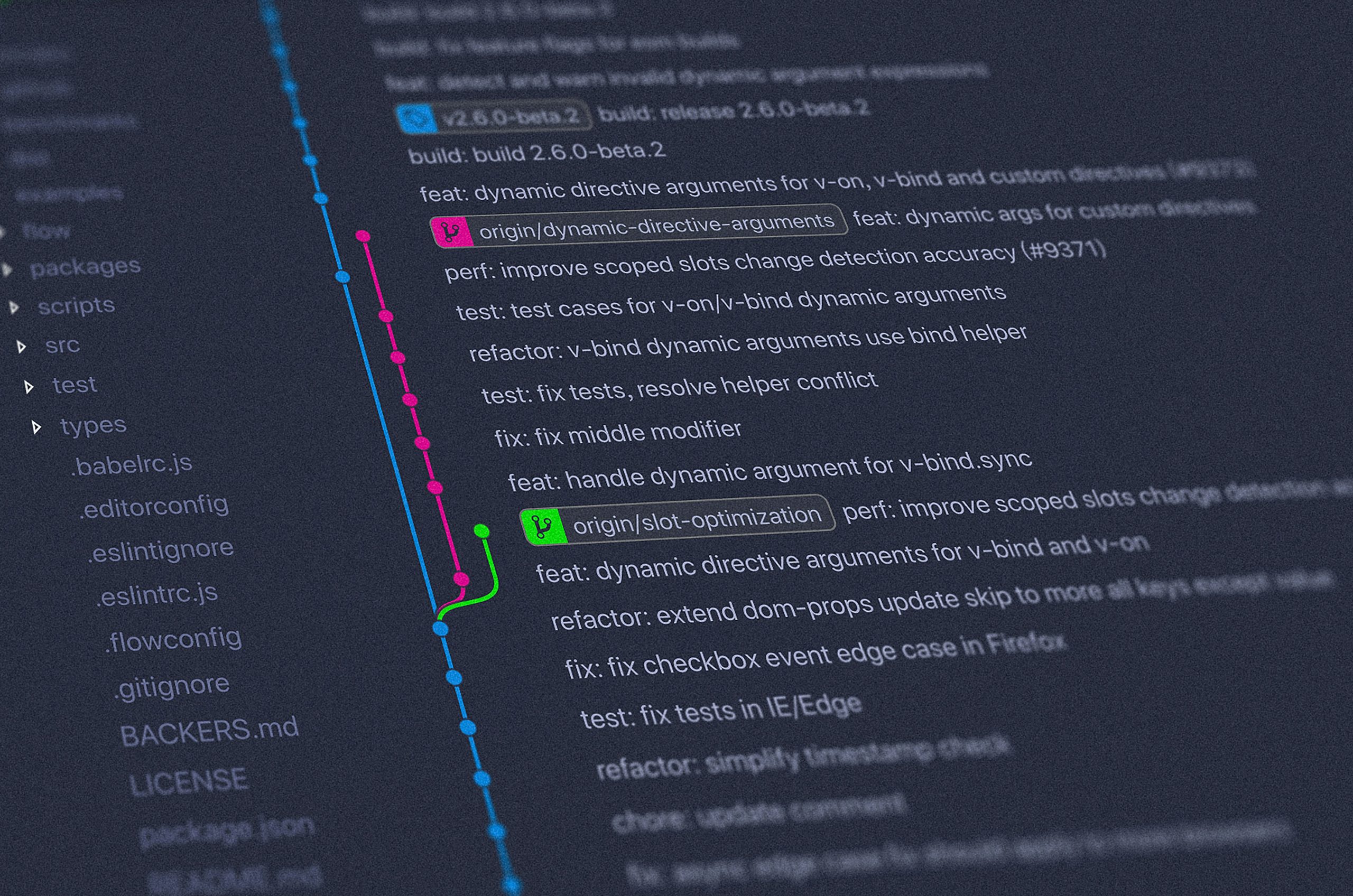How to Make Sure Your Website is Secure in Cloudflare
In today’s digital environment, ensuring your website’s security is paramount. Many businesses rely on Cloudflare for its robust security solutions. But how to make sure your website is secure in Cloudflare? By configuring the right settings and following best practices, you can harness Cloudflare’s full potential to protect your online presence. In this guide, we’ll explore essential steps to bolster your website’s security.
Why Security in Cloudflare Matters
Utilizing Cloudflare provides a comprehensive edge in safeguarding your website against various threats such as DDoS attacks, data breaches, and more. As per a 2021 report by Cybersecurity Ventures , global cybercrime costs are expected to reach $10.5 trillion annually by 2025. Therefore, securing your website is more critical than ever.
Steps to Ensure Your Website is Secure in Cloudflare
1. Enable SSL/TLS Encryption
To protect your data during transfer, activate SSL/TLS. Cloudflare provides a free SSL certificate, which ensures encrypted connections between your users and your site.
- How to Enable: Navigate to the SSL/TLS app on your Cloudflare dashboard.
- Set Up Mode: Choose “Full” or “Full (strict)” for optimal encryption settings.
2. Configure Web Application Firewall (WAF)
A Web Application Firewall (WAF) helps in blocking malicious traffic before it reaches your servers.
- Activation: Go to the Firewall app in the Cloudflare dashboard.
- Settings: Enable the WAF and customize rules tailored to your website needs.
3. Utilize Rate Limiting
By setting up rate limiting, you can control the number of requests a single user can make, effectively mitigating abuse.
- Configuration: In the Firewall app, select “Rate Limiting” and define your threshold for legitimate requests.
4. Employ Bot Management Features
Controlling bot traffic can prevent harmful activity on your website.
- Setup: Use Cloudflare’s automated bot protection under the Security app.
- Options: Adjust sensitivity levels to suit your application’s tolerance for bot traffic.
5. Implement Security Headers
Security headers add an extra layer of protection by controlling what actions can occur on your website.
- Headers to Include: Content Security Policy (CSP), X-XSS-Protection, X-Content-Type-Options, etc.
- Implementation Assistance: Tools like SecurityHeaders.io can assist in analyzing your headers.
6. Monitor and Analyze Traffic
Consistent monitoring helps in identifying and mitigating potential threats swiftly.
- Dashboard Tools: Use the Analytics app in Cloudflare to observe traffic patterns and identify anomalies.
- Alert Setup: Enable alerts for unusual activity directly from the Threats dashboard.
7. Regularly Update Your Cloudflare Settings
Keeping your settings up to date ensures you’re protected against the latest vulnerabilities.
- Routine Check: Set a reminder to review your security settings monthly.
- Community & Blogs: Follow Cloudflare’s blog for updates and best practices.
Conclusion
By following these steps, you’ll discover how to make sure your website is secure in Cloudflare effectively. Implementing SSL encryption, configuring the WAF, rate limiting, bot management, and monitoring your traffic can drastically reduce the likelihood of an attack. Remember, in cybersecurity, proactivity is key; always stay informed and ready to adapt to new challenges.
Ensure your website’s safety today by leveraging Cloudflare’s full suite of security features. Through diligent configuration and maintenance, your website can remain a safe, trustworthy space for visitors.




